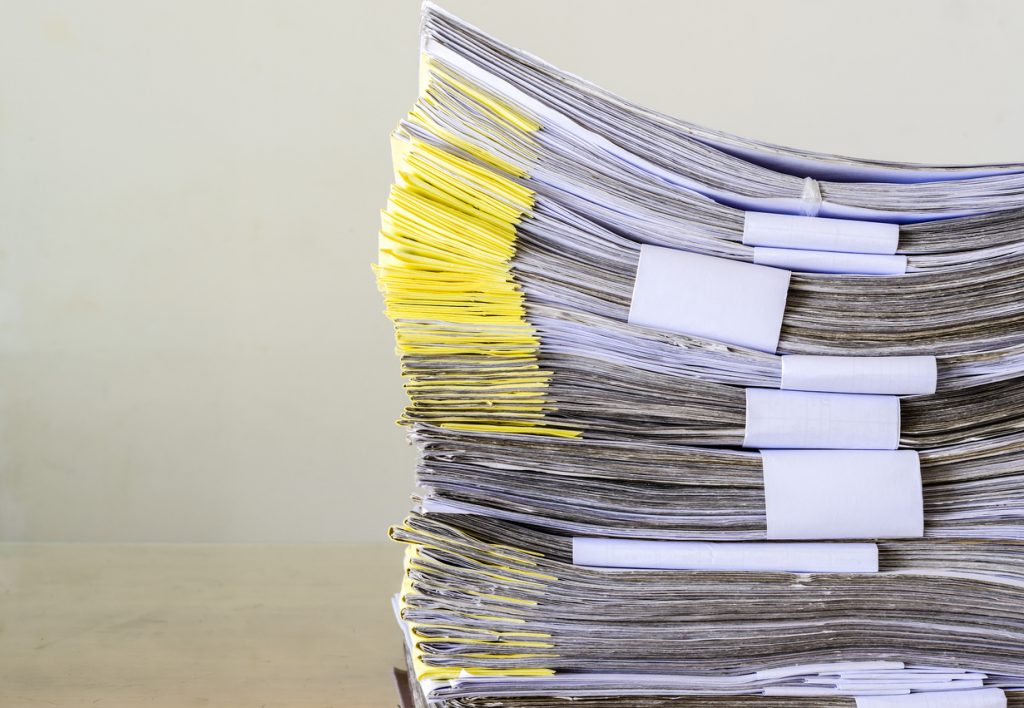Unlike other professions, law firms rely on documents daily. So to say, one case may require the legal team to generate an entire library of documents, ranging from court filings to briefs and affidavits. Even in their large numbers, legal documents should be maintained in pristine conditions to be validly accepted and maintain professionalism. This is why understanding how to edit legal documents is important for any legal team.
Unfortunately, some errors may occur in between cases, client meetings, and preparing the document. If you are tasked with preparing a legal document, below are important things you should know.
1. Plan the Document Before You Start
Planning the document involves laying down the foundation for the editing process. In this stage, you should establish the following;
- The target audience or who the document is addressed to
- The purpose of the document – might be a lawsuit or for legal communication
- Important information, statements, and facts to include
- Terminology and style guide to use
- Other contributing members to the document and individual responsibilities
Once you have gathered the details above, create a realistic timeline for completion of the document. Note that the document may undergo several revisions and edits before being approved.
2. Use the Correct Grammar and Formatting
Grammar and formatting rules not only apply to legal documents. They apply to business documents and other types of writings. However, for legal documents that quote the law, correct grammar, spelling, and formatting are imperative. You should be fastidious with your punctuation and grammar to avoid confusion within your legal document.
That said, legal writing and formatting styles are as follows;
- Paper size
This is the most basic element of all documents. Different states and countries have varying standard paper sizes for their legal documents. However, North American countries use the American National Standards Institute format. Unlike the standard paper sheet sized 8.5x11 inches, the countries use a large size, measuring 8.5x14 inches. If you intend to publish the legal manuscript, follow all the publishing practices, which include the use of 8.5x11 inches printing paper typed on one side only.
- Font
Despite being the most straightforward part of preparing legal documents, most people still use the wrong font. The type of font used significantly affects the readers’ perspective of the entire document. Some courts accept legal documents prepared according to their specific requirements. For instance, the Virginia Supreme Court has a list of acceptable fonts that legal teams should use when preparing court documents. That said, consult widely to ensure that you use fonts within court-approved boundaries.
- Margins
Margins and spacing are important determinants of the readability of any legal document. Poor spacing not only makes your document illegible but also forces other people to work harder before processing the written information. This may increasingly make it difficult for legal teams, such as employment lawyers, to interpret your writings. Fortunately, word processing programs, such as MS Word, have pre-built margin and spacing templates that make it easy to get the correct settings.
- Printing and binding
If you are required to file court booklets, as it is with most employment cases, you will have to print and bind your documents. This is not a simple process, as it is with other documents. Supreme courts have specific guidelines on how their booklets should be prepared to be validly accepted.
This includes the cover colour used for different filings, the weight of the documents, preferred binding or saddle stitching, and more. Ensure that you are adequately advised on how to print and bind these documents.
While specifications may change, these elements constitute a legal document.
3. Watch Out for Document Corruption
Most people confuse incorrect formatting with document corruption. Incorrect formatting occurs when mistakes occur manually. On the other hand, document corruption occurs when the document has serious problems, including data errors that make it difficult for the document to load.
Document corruption occurs if the document has wrong layout and formatting, screen distortion, unreadable characters, wrong icons, or doesn’t display pictures. For word documents, the leading cause of document corruption is the use of old and outdated files. Therefore, it can easily be avoided if you routinely update the templates.
4. Make Important Information Accessible
Compiling legal documents is undoubtedly lengthy and time-consuming. The same applies to those reading through the document. Therefore, make it easy for the readers by identifying important sections for easy reference. Make use of tags, colour-coded markers, and reference points.
The Bottom Line
Editing a legal document goes beyond the basic formatting required for ordinary documents. Even with the ambiguous nature of legal statements, you should ensure that your document is accurate, grammatically correct, punctuated, and formatted correctly. Additionally, edit your legal documents with an active voice and pay close attention to imperatives.




















